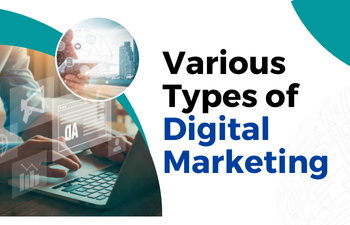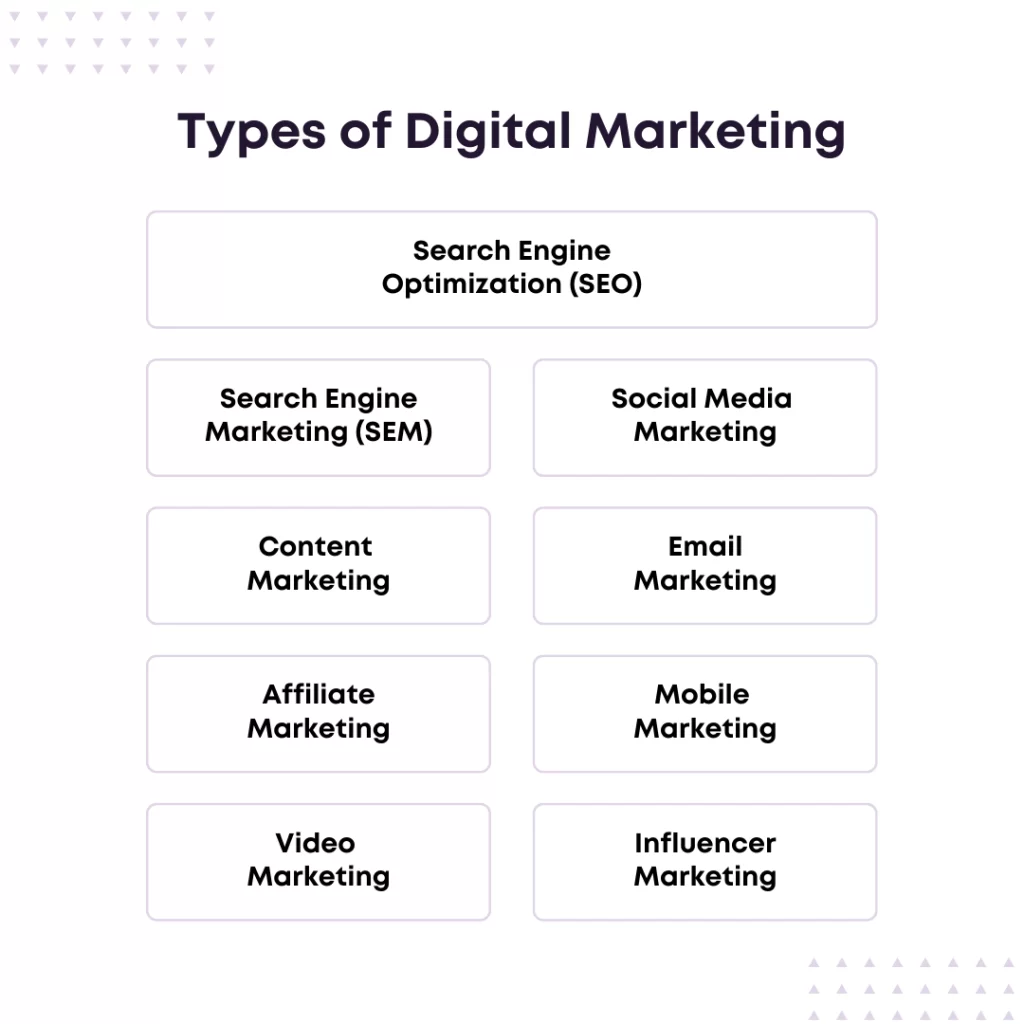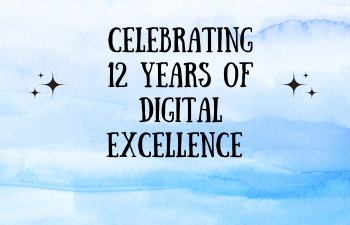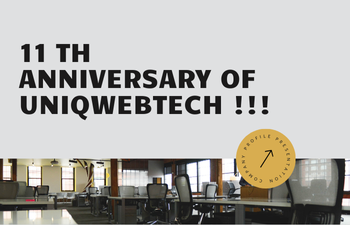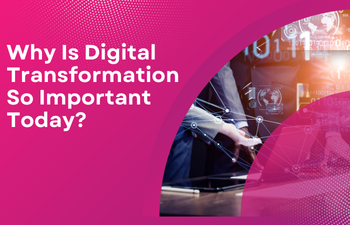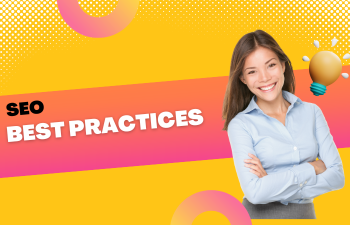 SEO
SEO
SEO Best Practices
Here are some SEO best practices:
Conduct keyword research:
Identify the relevant keywords for your website and ensure that they are included in your content.
Create high-quality content:
Your content should be engaging, informative, and relevant to your target audience. Make sure to use your keywords naturally throughout the content.

Optimize your titles and meta descriptions:
Use compelling titles and meta descriptions that accurately reflect the content of your pages and include your target keywords.
Use header tags:
Use header tags (H1, H2, H3) to break up your content into sections, making it easier for readers to navigate and for search engines to understand the structure of your content.
Optimize your images:
Use descriptive file names and alt tags for your images to help search engines understand what your images are about.
Improve website speed:
Ensure that your website loads quickly and is optimized for both desktop and mobile devices.
Build high-quality backlinks:
Backlinks are links from other websites to your website. Focus on building high-quality, relevant backlinks to improve your website’s authority.
Use social media:
Share your content on social media platforms to increase visibility and drive traffic to your website.
Monitor and analyze your website’s performance:
Use tools like Google Analytics to monitor your website’s traffic, search engine rankings, and other metrics to help you identify areas for improvement.
Stay up-to-date with SEO trends:
SEO is constantly evolving, so stay up-to-date with the latest trends and best practices to ensure that your website remains competitive in search rankings.
Keyword research is the process of identifying the keywords and phrases that people use to search for information related to your business or website. It is a critical component of search engine optimization (SEO) because it helps you to understand what your target audience is searching for and how to optimize your content to better meet their needs.
Here are some steps to conduct keyword research:
Start with brainstorming: Think about the topics that are relevant to your business or website and make a list of potential keywords and phrases.
Use keyword research tools: There are many keyword research tools available such as Google Keyword Planner, SEMrush, Ahrefs, and Moz Keyword Explorer. These tools can help you identify additional keywords, estimate search volume, and understand competition.
Analyze search intent: Consider the intent behind each keyword and phrase. Are people searching for information, looking to buy a product or service, or something else? Understanding search intent can help you create content that meets the needs of your target audience.
Prioritize your keywords: Once you have a list of potential keywords, prioritize them based on search volume, competition, and relevance to your business or website.
Use long-tail keywords: Long-tail keywords are more specific and less competitive than broad keywords. They often have a higher conversion rate because they attract visitors who are more likely to be interested in your specific product or service.
Monitor and adjust: Keyword research is an ongoing process, and it’s important to monitor your website’s performance and adjust your keyword strategy as needed.
By conducting keyword research, you can optimize your website’s content for the keywords and phrases that your target audience is searching for, improve your search engine rankings, and drive more traffic to your website.
High-quality content
High-quality content is a critical component of search engine optimization (SEO). It helps to improve your website’s search engine rankings, attract more traffic, and keep visitors engaged. Here are some key elements of high-quality content in SEO:
Relevance: Your content should be relevant to your target audience and related to the topic of your website. Make sure to use relevant keywords throughout the content.
Originality: Your content should be original and not copied or duplicated from other websites. Plagiarism can harm your website’s search engine rankings.
Readability: Your content should be easy to read and understand. Use clear headings, subheadings, and paragraphs to break up your content and make it more digestible.
Length: There is no specific rule on the length of content, but long-form content generally performs better in search engines. However, it’s important to focus on quality over quantity.
Value: Your content should provide value to your target audience. Answer their questions, solve their problems, or entertain them. Make sure your content is unique and adds something new to the conversation.
Media: Include high-quality images, videos, and other media to help break up your content and make it more engaging.
Updating: Keep your content up-to-date and relevant by regularly updating and refreshing it with new information or insights.
Authoritative: Establish yourself or your brand as an authoritative source in your industry by creating content that demonstrates expertise and knowledge.
Build high-quality backlinks
Backlinks are links from other websites to your website and are a critical factor in SEO. They signal to search engines that other websites consider your content valuable and trustworthy. Building high-quality backlinks can improve your website’s search engine rankings and increase organic traffic. Here are some ways to build high-quality backlinks:
Create valuable content: Create content that is informative, unique, and valuable to your target audience. High-quality content is more likely to be linked to by other websites.
Guest post: Reach out to other websites in your industry and offer to write a guest post. Include a link back to your website in the author bio or within the content if appropriate.
Broken link building: Find broken links on other websites in your industry and offer to replace them with a link to your content.
Participate in online communities: Participate in online communities related to your industry and include a link to your content where relevant.
Leverage social media: Share your content on social media platforms and other websites, and encourage others to link back to your content.
Collaborate with others: Collaborate with other websites or bloggers to create content together and include links to each other’s websites.
Monitor your backlinks: Use tools like Google Search Console to monitor your website’s backlinks and identify any low-quality or spammy backlinks. Disavow any links that are harmful to your website’s search engine rankings
Optimize your images
Optimizing your images is an important aspect of search engine optimization (SEO). Images can improve the user experience on your website and also help to improve your search engine rankings. Here are some ways to optimize your images for SEO:
Choose the right file format: Use JPEG, PNG, or SVG file formats for your images. JPEG is best for photographs and PNG is best for graphics or images with transparent backgrounds.
Compress your images: Compress your images to reduce their file size without reducing the quality. Large images can slow down your website, which can harm your search engine rankings.
Use descriptive file names: Use descriptive file names for your images that include relevant keywords. For example, “blue-widget.jpg” is more descriptive than “IMG_1234.jpg”.
Use alt tags: Use descriptive alt tags for your images that describe what the image is about. Alt tags are used by screen readers to describe images to visually impaired users, and search engines also use them to understand what the image is about.
Optimize image size: Optimize the size of your images to the exact size that you need on your website. This will help to reduce load times and improve the user experience.
Use captions: Use captions for your images where appropriate. Captions can improve the user experience and also provide additional context for search engines.
Use image sitemaps: Create an image sitemap and submit it to Google Search Console. This will help search engines to understand the context of your images and improve your search engine rankings.
By optimizing your images for SEO, you can improve your search engine rankings and attract more traffic to your website.
Improve website speed:
Improving your website speed is crucial for search engine optimization (SEO) and providing a positive user experience. A fast website can improve your search engine rankings, increase user engagement, and decrease bounce rates. Here are some ways to improve your website speed:
Optimize images: Compress images to reduce their file size, use appropriate file formats, and optimize their dimensions to the size needed on your website.
Use caching: Caching stores frequently accessed website data on the user’s computer, reducing the need to request the same data repeatedly.
Minimize HTTP requests: Reduce the number of HTTP requests by minimizing the use of scripts, stylesheets, and plugins.
Minimize CSS and JavaScript: Minimize CSS and JavaScript files by removing unnecessary code, consolidating files, and using compression tools.
Use a content delivery network (CDN): A CDN delivers website content from servers located closer to the user, reducing the time it takes to load the website.
Reduce server response time: Optimize your server configuration and ensure that your website’s code is efficient to minimize server response time.
Enable Gzip compression: Enable Gzip compression to compress website files, reducing their size and speeding up website loading times.
Use a fast web hosting provider: Choose a reliable and fast web hosting provider that can handle your website’s traffic.
By improving your website speed, you can provide a better user experience and improve your search engine rankings, resulting in more traffic and increased engagement

